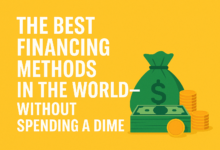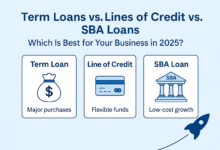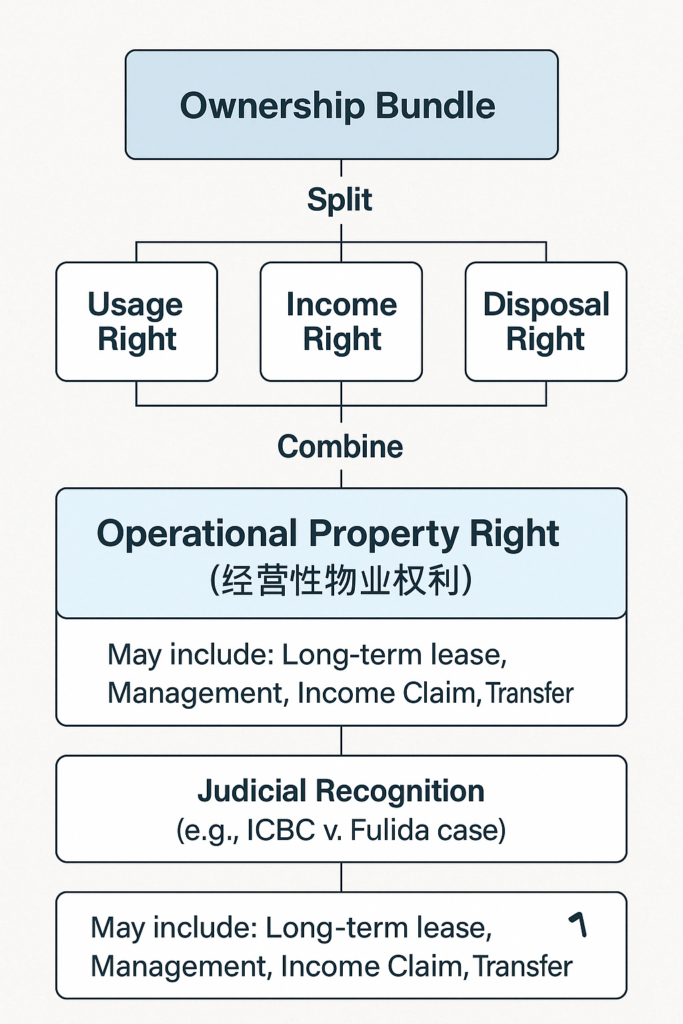Secured loans—backed by collateral like real estate or vehicles—account for 68% of U.S. lending activity according to 2025 Federal Reserve data. This definitive guide examines:
✔ 5 critical factors determining loan amounts
✔ 3 scenarios where early repayment makes sense
✔ Comparative advantages over unsecured options
✔ North America-specific best practices for borrowers
Section 1: Loan Fundamentals for North American Borrowers
1.1 Who Qualifies?
Personal Loans require:
- Minimum 650 credit score (FICO 10 standards)
- Debt-to-income ratio below 36%
- 2+ years of verifiable income
Business Loans demand:
- 12+ months of operational history
- Positive cash flow in most recent quarters
- Commercial collateral (equipment, receivables, etc.)
Pro Tip: 83% of U.S. lenders now use “blended scoring” combining traditional credit data with alternative metrics like rent payments and utility history (Experian Boost data).
Section 2: Loan Purpose & Term Optimization
2.1 Approved Uses
| Purpose | Recommended Term | IRS Tax Implications |
|---|---|---|
| Home Purchase | 15–30 years | Mortgage interest deduction |
| Business Expansion | 3–7 years | Section 179 depreciation |
| Education | 5–15 years | Student loan interest deduction |
2.2 Term Length Strategies
Short-Term (1–3 years)
- Best for: Equipment financing, bridge loans
- Pros: Lower total interest, faster equity buildup
- Cons: Higher monthly payments
Long-Term (10+ years)
- Best for: Commercial real estate, franchise purchases
- Pros: Improved cash flow management
- Cons: 23–38% higher lifetime interest (FDIC 2024 study)
Section 3: Collateral Options & Valuation
3.1 Common Asset Classes
- Real Estate
- Residential: 75–90% LTV (loan-to-value)
- Commercial: 65–80% LTV
- Vehicles & Equipment
- Cars: Up to 125% NADA value
- Heavy machinery: 50–70% auction value
- Financial Assets
- Securities: 50% margin for stocks
- CDs/Cash: 100% collateral value
Case Study: A Chicago restaurant secured $420K at 5.2% APR using kitchen equipment as collateral—3.1% lower than industry average unsecured rates.
Section 4: Early Repayment Considerations
4.1 When to Prepay
- Interest Rate Drops
- Refinancing when rates fall ≥1.5%
- Windfall Events
- Inheritance, bonuses, or business exits
- Debt Consolidation
- Combining multiple high-interest obligations
4.2 Cost Analysis
| Loan Type | Avg. Prepayment Fee | States With Bans |
|---|---|---|
| Mortgage | 2–5% of balance | MA, NY, CA |
| Auto Loan | $250–500 flat fee | TX, IL |
| HELOC | Typically $0 | Nationwide |
Section 5: Why Secured Loans Dominate
5.1 Competitive Advantages
- Higher Approval Rates
- 89% approval for secured vs. 41% unsecured (TransUnion 2025)
- Interest Savings
- Average 4.7% APR vs. 9.3% for unsecured
- Credit Building
- On-time payments reported to all 3 bureaus
- Flexible Terms
- Options from 6 months to 30 years
Section 6: North American Best Practices
6.1 Documentation Checklist
Personal Borrowers Need:
- 2 most recent pay stubs
- 2 years of tax returns
- Collateral appraisal reports
Business Borrowers Require:
- YTD P&L statement
- Business tax returns (3 years)
- AR/aging reports
6.2 Regulatory Protections
- Truth in Lending Act (TILA): Mandates clear APR disclosure
- Equal Credit Opportunity Act: Prevents discrimination
- State-specific laws: E.g., Texas homestead exemptions
Conclusion: Building Wealth Through Strategic Borrowing
Secured loans remain the cornerstone of prudent financing in North America. By:
- Matching collateral to loan purpose
- Optimizing terms for cash flow needs
- Monitoring prepayment opportunities
Borrowers can save 18,000–18,000–47,000 per $100K borrowed over the loan lifecycle (Consumer Financial Protection Bureau projections).
Final Tip: Always consult both a CPA and loan specialist—88% of optimal borrowing strategies require tax and financing expertise (AICPA 2025 survey).
🥳 Love My Content?
Fuel more free guides with a beer! 🍺
(Every sip makes the keyboard dance!)
Secured via PayPal • No account needed

 SinoLoanHub: Expert Business Loan Solutions for North American Companies
SinoLoanHub: Expert Business Loan Solutions for North American Companies






